Fermenting a New Approach to Sauerkraut
As a young girl, Kathryn Lukas remembers her Irish grandfather serving her hot dogs piled high with sauerkraut, just the way he liked it. And each time, she would push the shreds of pungent, fermented cabbage off to the side, trying hard not to make a face.
She may not have been a kraut fan then. But now, with more than 25 years in the restaurant industry, Lukas has grown into a kraut evangelist, bent on a mission to change the perception most of us have of the age-old condiment.
In 2008 in downtown Santa Cruz, she started her own business, Farmhouse Culture, which specializes in artisan contemporary kraut — made with local, organic and sustainable ingredients in intriguing, seasonal flavors such as Smoked Jalapeno, Apple Fennel, and Horseradish Leek.
Her raw, uncooked sauerkrauts can be found at nine Bay Area farmers markets, as well as local retail stores such as select Whole Foods, where they sell for about $7 for a 1-pound jar. For those outside the Bay Area, you’ll be glad to know that you also can buy the krauts on Foodzie.
Lukas knows sauerkraut may not be an easy sell to some palates, but she’s been pleasantly surprised by all the old-timers who come up to her to tell her they remember their grandparents making kraut or by the college students who have become regular customers at her farmers market stands after developing a new-found addiction to the stuff.
“I can’t tell you how many times a day people walk by our farmers market stands and say, ‘Sauerkraut? Ewwww…,’ ” Lukas says. “We talk them into trying a taste. I’d say 75 percent get converted. They tell us they hated sauerkraut their whole lives, but love ours.”
It’s easy to see why. Unlike mass-produced sauerkraut with limp cabbage and a muted, rather medicinal taste, Farmhouse Culture’s versions have crunch, real tang and a fermented zing to them. The Smoked Jalapeno has a wonderful roundness and depth from the peppers that are smoked with oak wood; while the Horseradish Leek boasts a subtle nasal bite from the fresh root. If you like kimchi or assertive pickles, these krauts will be right up your alley.
Of course, the krauts are naturals with any kind of sausage. But Lukas’ favorite way to enjoy sauerkraut is tucked inside a grilled Cheddar cheese sandwich or tossed with olive oil to form a side salad of sorts.
Every day, she also downs a shot of kraut juice — yes, the liquid produced after fermentation — which she also sells at farmers markets. The juice is satiating and puckery, but not overpowering. It would be great in a Bloody Mary or Dirty Martini.
Plus, it does a body good, according to Lukas. Raw sauerkraut is high in Vitamin C and pro-biotic enzymes. It also is rich in lactic acid, which aids digestion.
It takes about three weeks for a batch to come to market. Each week, Lukas and her 12 employees turn out 2,700 pounds of sauerkraut. The process couldn’t be easier, either. Although white cabbage is favored in Germany for its sweetness, Lukas uses green cabbage for its heartier crunch. The organic green cabbage is shredded, then layered with carrots, and Sonoma sea salt, then weighted down in big plastic barrels stored in an insulated former gelato freezer that’s able to maintain the optimal 64 degree temperature needed for the three-week fermentation. Despite its resulting tang, there is no vinegar used in making sauerkraut. That’s all lactic acid that you taste in the finished product.
Unlike mass-produced krauts that are 2 to 3 percent salt, Farmhouse Culture’s are 1.5 percent. The lower ratio gives the kraut good crunch and flavor, but also necessitates they be refrigerated, unlike pasteurized commercial varieties that can sit on a shelf for a long time.
If you’ve ever overcooked cabbage at home, you know it gives off a strong odor. Making sauerkraut can be an equally smelly process. When Farmhouse Culture was chosen to showcase its products at Slow Food Nation in San Francisco in 2008, Lukas jokes that people found her stand by just following their nose. In the early days of packing her kraut in downtown Santa Cruz, it also wasn’t uncommon for alarmed neighbors to call the police.
“Because of the smell, they thought it must be a PG&E gas leak,” she says.
So, what led this former runway model, private chef and Bernardus Lodge food and beverage manager to devote herself to such an odoriferous undertaking?
An epiphany in Germany years ago. Although she ran a restaurant in Stuttgart at the time, Lukas was only used to canned sauerkraut from the supermarkets, which was what most people ate there. But one day, a farmer let her taste his homemade kraut fermenting in barrels.
“I tasted the fresh and it was just a revelation,” she says.
So, when she and her then-husband moved to the Yosemite Valley area, she took classes to learn how to make fermented foods. Then, she started fermenting everything she could get her hands on, and selling her successful concoctions.
“I knew I had something special when I started selling it around the foothills and these conservative ranchers were going crazy for it,” she says with a laugh.
Now, she’s constantly experimenting with new versions, including an Asian-flavored kraut she hopes to create with mushrooms, seaweed or almonds in it. Another time, she fermented yams with rare, maple-syrup-heady, candy cap mushrooms that had been foraged by an employee. If you’re lucky, you might catch some for sale at her farmers markets stands in the days to come.
With her business going strong and even the likes of John Scharffenberger (Yes, of Scharffen Berger chocolate fame) trying his hand at making artisan sauerkraut, could fermented cabbage, of all things, supplant cupcakes as the next hot food trend?
Lukas smiles at the thought. “I love cupcakes. I think sugar has a more addictive quality. But the health benefits of kraut will give it staying power. And acid and salt just make everything taste better.”
More Home-Grown Goodies: The Philo Apple Farm
And: Hodo Soy Beanery Organic Tofu

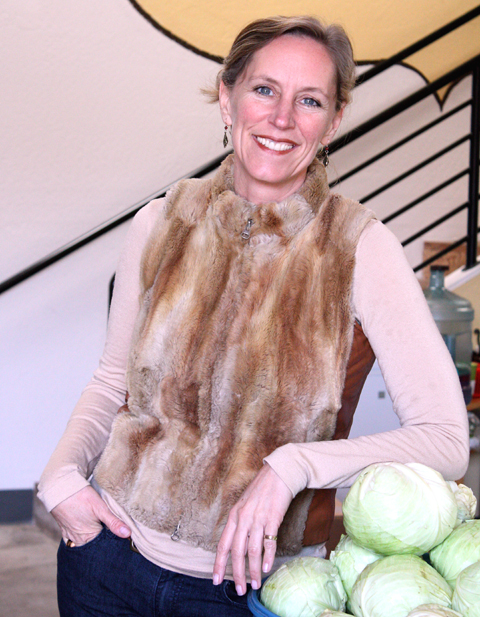
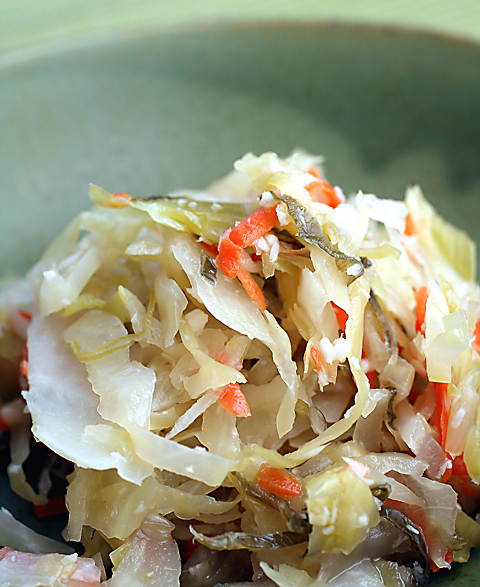
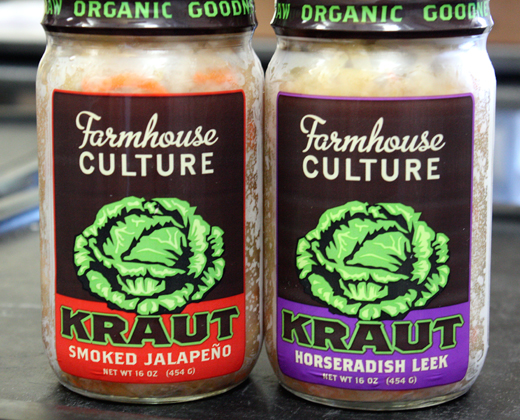
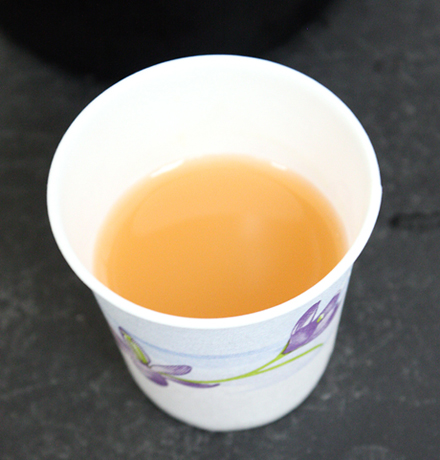


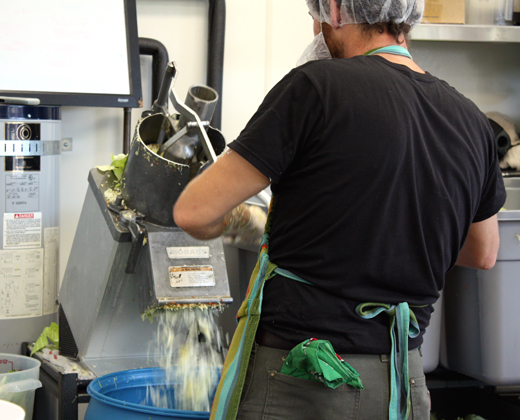
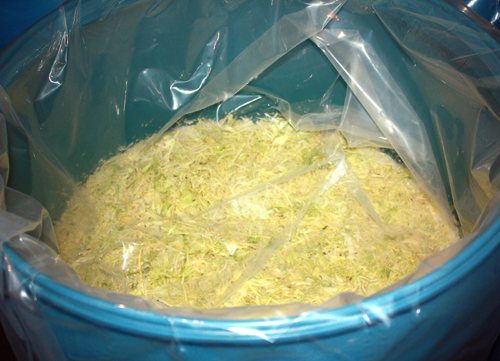

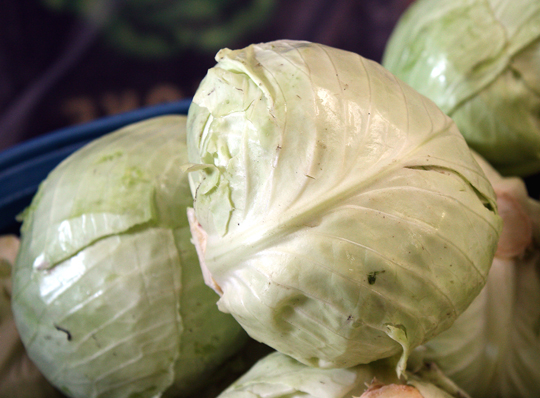
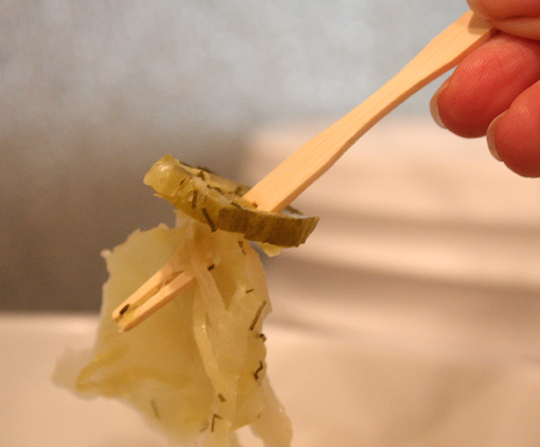
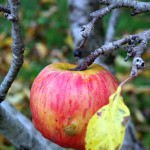
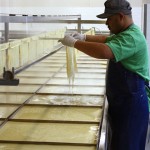
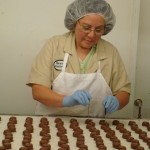
So interesting! I love sauerkraut. It is so delicious and healthy. Thanks for sharing.
Cheers,
Rosa
Pingback: Tweets that mention Food Gal » Blog Archiv » Fermenting a New Approach to Sauerkraut -- Topsy.com
I love sauerkraut and even more that this is such a wonderfully artisinal product. Plus, I’m a sucker for any type of food tour. Maybe you can do Hodo Soy next? Scharffenberger is also leaving his mark there!
Dina: I have profiled Hodo. Take a look: https://www.foodgal.com/2010/03/tofu-turnaround/
What a cool career path she’s led. I’ve been looking for artisan saurcraut too, it’s so much healthier for you.
My favorite way to eat a hot dog is topped with kraut! Great post, and I’m sure a great product!
You always interview the most interesting people! I love the sound of contemporary kraut though I don’t know how I feel about taking a shot of kraut juice, though I would certainly try it once.
I love sauerkraut and have purchased her kraut at the Marin Farmers Mkt. Excellent and love the Juice too!
Thanks for posting!
Who would ever think of making Sauerkraut a business… only someone from California! It looks wonderful and probably taste incredible. I’m having a Reuben Sandwich for lunch tomorrow.
Thanks Carolyn… Ciao!
Mmm, you got my mouth watering…
These folks were selling their kraut at the Campbell Farmer’s Market back in 2009 right before we left the Bay Area. I recall being amazed at the great flavor and really enamored with their apple-fennel kraut.
That’s an amazing post, it’s so interesting to see the effort that goes into making good sauerkraut. I’d love to see something like that here in Sydney! I have yet to find a restaurant that does it well.
I’ve started to really appreciate sauerkraut now after trying so much of it. In fact it’s one of my favourite things to eat with sausages along with mash!
it must be fabulous indulging such lovely sauerkraut
I have a massive jar of sauerkraut to use, but luckily we both really like it!